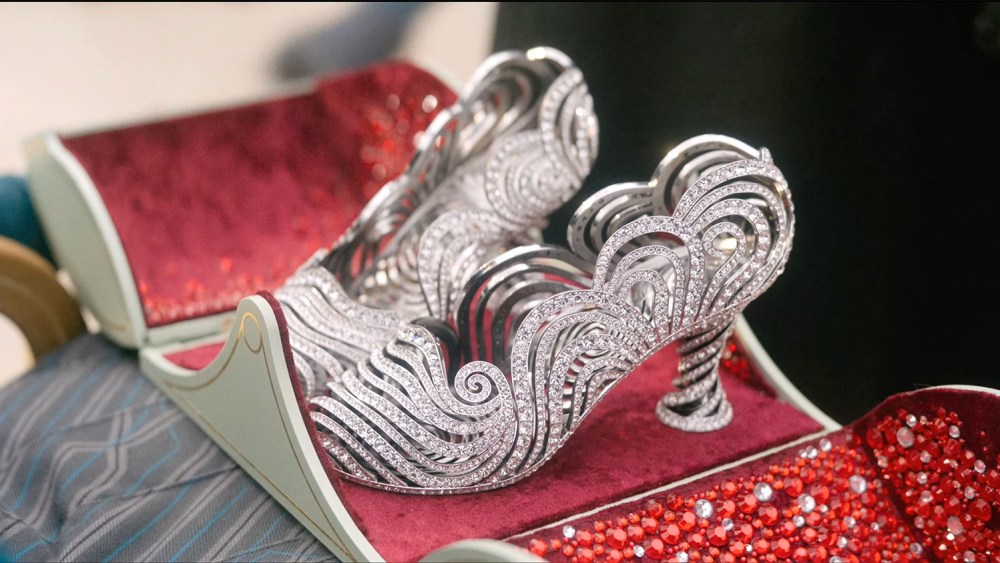The ruby slippers worn by Judy Garland’s character Dorothy in The Wizard of Oz may be the most famous shoe in movie history. But with the November 21st release of Wicked: For Good just around the corner, fans hoping to see the iconic slipper need not get their hopes up.
This famous shoe did not appear in the first Wicked movie, nor does it appear in Wicked: For Good. Instead, director Jon M. Chu stays true to L. Frank Baum’s original book The Wizard of Oz and the Broadway musical Wicked was adapted from, and the slippers remain silver.
Baum’s 1900 novel appeared at the end of the Gilded Age, a tumultuous period in American history marked by political tension and rapid industrialization. Therefore, many literary scholars consider this book to have strong allegorical elements. They argue that the yellow brick road represents the gold standard preferred by bankers and elites, while the silver slippers represent the silver-lite position of unions and populists who want the money supply to be less entrenched.
The decision to stay true to the Silver Slippers also stems from the fact that the rights to the Ruby Slippers now belong to MGM, which is owned by Warner Bros., and the company altered Dorothy’s shoes to emphasize the Technicolor look in the 1939 film (although Baum’s book is in the public domain, the film is still copyrighted). The “Wicked” movie is distributed by Universal Pictures.
“We had a line between what we could and could not reference. We would never use ruby slippers,” Chu previously told Variety.
Still, the production team found a way to nod to Dorothy’s iconic shoes, lighting them so they appeared red during key scenes.
In the first film, it is revealed that the shoes are Elphaba’s (Cynthia Erivo) family heirloom. These first appear when her father, Governor Throp (Andy Nyman), presents them to his sister Nessarose (Marissa Bode) upon her arrival at Shizu University. It is mentioned that these shoes once belonged to her mother, and they are displayed in a ruby-red jewel-encrusted case, a nod to the shoes from the 1939 film. Costume designer Paul Tazewell expertly recreated the original twister that took Dorothy from Kansas to Oz, adding tornado-shaped details on the heels.
“Wicked: For Good” expands on the ruby red allusions. Nessarose, who uses a wheelchair, is seen floating in the air after pleading with Elphaba to exercise her magical powers so she can walk. As Nesarose rises into the sky, her silver slippers and room are illuminated with red lighting.
Cinematographer Alice Brooks used the color red in the film to reflect the “wrong choices” Elphaba and Nessarose were making. Elphaba’s power becomes even stronger and Nessarose flies out of her chair, causing her shoe to glow as if it were glowing from within. “It’s getting hotter and hotter, and that red has become our brightest red,” Brooks says. The most dazzling pumps in all of Oz are back in the center of the frame, at least for a moment.

